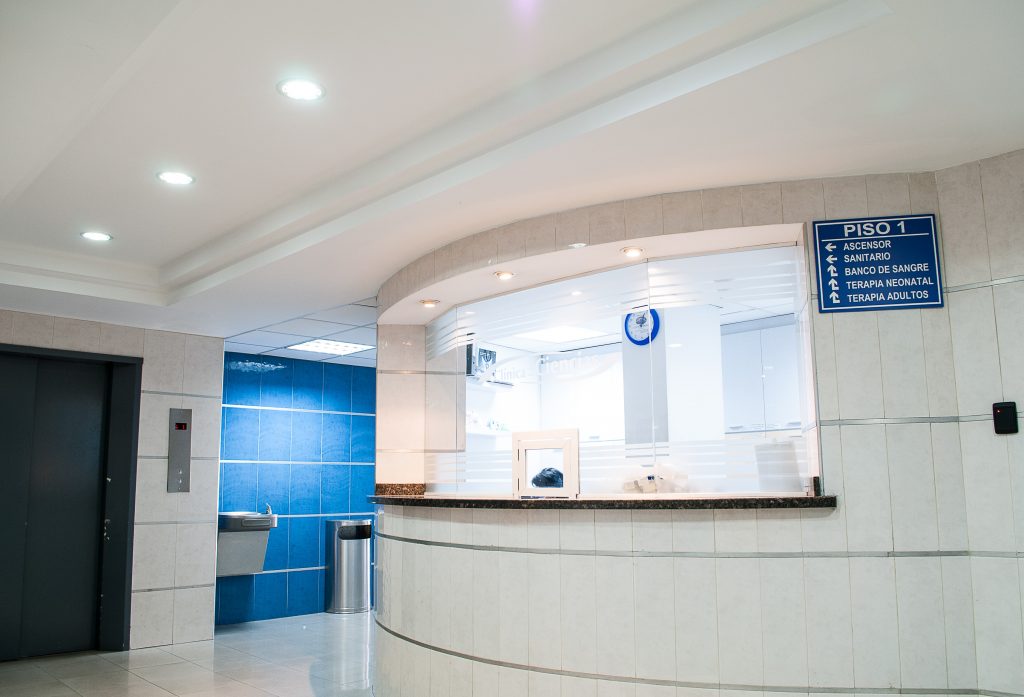 Despite the fact that construction (or heavy) vehicle theft represents just 4% of Australia’s overall vehicle theft problem, it actually rose by 23% between the years of 2004-2014 culminating in 1873 thefts. When you consider that during the same period, car theft actually decreased by 38%, it doesn’t take a genius to work out that heavy construction vehicles are fast becoming the vehicle of choice for thieves. The question is why? After all, they’re not exactly inconspicuous!
Despite the fact that construction (or heavy) vehicle theft represents just 4% of Australia’s overall vehicle theft problem, it actually rose by 23% between the years of 2004-2014 culminating in 1873 thefts. When you consider that during the same period, car theft actually decreased by 38%, it doesn’t take a genius to work out that heavy construction vehicles are fast becoming the vehicle of choice for thieves. The question is why? After all, they’re not exactly inconspicuous!
Let’s take a closer look….
Firstly value
Did you know that the average price of a heavy construction vehicle in Australia is a little under $200,000? That’s a staggering amount of cash and with vehicles fetching such high prices, they can be sold on at a cut price to unsuspecting users who believe they’ve grabbed themselves a bargain. Alternatively, heavy vehicles are also often stripped down to their component parts which are then sold on the black market for a handsome profit. Either way, there’s money in construction equipment and lots of it!
They’re useful
For the professional gang, a heavy construction vehicle such as a tractor, excavator, site dumper or telehandler is an incredibly useful piece of kit. As a large vehicle, it’s often used to remove ATM machines and breakthrough perimeter fences and walls in so-called smash and grab raids. But in addition construction vehicles are often hired out again illegally in return for cash by criminals posing as sub hirers.
Construction vehicles make for easy pickings
Unlike modern cars which have built-in alarm systems and other varieties of anti-theft equipment, construction vehicles generally don’t. For a highly organised gang who know how tracking devices are fitted, they are usually able to disable the system within minutes, once they are able to locate the connection to the power supply. But that’s not all…Surprisingly many older construction vehicles operate a ‘one key fits all‘ ignition system. While this makes it easier for the construction site foreman to manage keys, all it takes is for one less than the honest individual to get a key cut and they’re in business. What’s more many heavy plant vehicles don’t have standardised number plates, so titles and registration of such equipment aren’t mandated. Ultimately this means that even when a vehicle is stolen, it can be hard to track. This is reflected in recovery figures for stolen construction vehicles which stand at around 40%
So what can construction site owners do to protect their vehicles? Here are some tips…
Make use of the National Exchange of Vehicle and Driver Information System (NEVDIS) – They have data banks of thousands of vehicles. So if the item is stolen it can quickly be traced and returned back to the rightful owner.
Ensure best security practices – Maintain sufficient lighting in dark areas or recesses and install a good quality CCTV alarm system. In addition, make sure that compounds are secure and any keys are not left in vehicles at the end of the day. In addition, look to adopt some form of people control as they enter and exit the site.
Employ security personnel – This may be either permanently on-site, or through regular security patrol sweeps, but either way, they can act as a deterrent to anyone looking to commit a criminal offence.
Ensure all vehicles are clearly marked – Finally, all heavy vehicles should be clearly etched with registration or Vehicle Identification Number (VIN) marks to make them easily and quickly identifiable if stolen.
So there you have it! With construction equipment costing so much money, the question is can you really afford to be a lapse on your security?
For further information on how you can prevent construction vehicle theft contact MA Security Group. In addition to supplying security guards for a wide range of individuals, businesses and events, we also carry out security testing to help companies better safeguard themselves against criminal activity. To find out more contact us on 1300 020 406 today.



